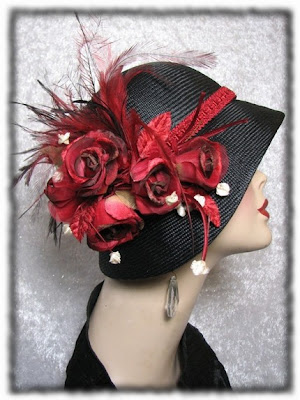 I had dinner at my friend Virginia's the other night: she is a terrific potter and had new worked glazed in gorgeous chartreuse, my favorite color. I am a sucker for any plant with chartreuse flowers or foliage. It glows in the garden bringing light and air to even gloomy flowerless shade.
I had dinner at my friend Virginia's the other night: she is a terrific potter and had new worked glazed in gorgeous chartreuse, my favorite color. I am a sucker for any plant with chartreuse flowers or foliage. It glows in the garden bringing light and air to even gloomy flowerless shade.In the first picture there is a bouquet of chartreuse Lady's Mantle flowers and steel blue eryngium, a pretty but prickly flower. The garden shot shows the little iris cristata which blooms briefly each spring with the golden leafed grass hakonechloa macra "Aureola" and the beautiful chartreuse cultivar of thalictrum.
In choosing chartreuse plants you are limited only by the size of your garden and your pocketbook. There are dozens, if not hundreds, of golden hostas, and several gorgeous heucheras including 'lime rickey'.
Two pretty ground covers are vinca 'illuminatation' and lysimachia nummularia 'aurea', which is chartreuse in shade but bright yellow with too much sun. For a taller lysimachia there is 'goldilocks'.
The thalictrum mentioned above and filipendula aurea are lovely bits of golden lace. I have some chartreuse leafed columbines I grew from seed. The foliage is gorgeous, the flowers a rather drab blue purple. Herbs include golden oregano, several thymes and sages though I have had some trouble wintering all of these over in my cold garden. Centaurea 'gold bullion' and spiderwort 'sweet Kate' are both spectacular with their blue-purple flowers against the golden foliage. And the foliage of dicentra 'gold heart' is lovely with the little pink hearts.
Though not hardy there are many pretty chartreuse and gold varieties of geraniums and coleus.
There are beautiful chartreuse shrubs: several Japanese maples, philadelphus 'aurea' (mock orange), golden spirea, carytoperus 'Worcester gold'. The latter should not be hardy in my garden but has lasted here for several years.
 Find of the Day
Find of the DayI usually like to include a flower find in my post. These earring are not flowers but I cannot resist the color, I have a purse that matches this lovely green. Paring the bright blue finding with this green is color genius. They are made by Strange Little Bird (http://www.strangelittlebird.etsy.com/).



































